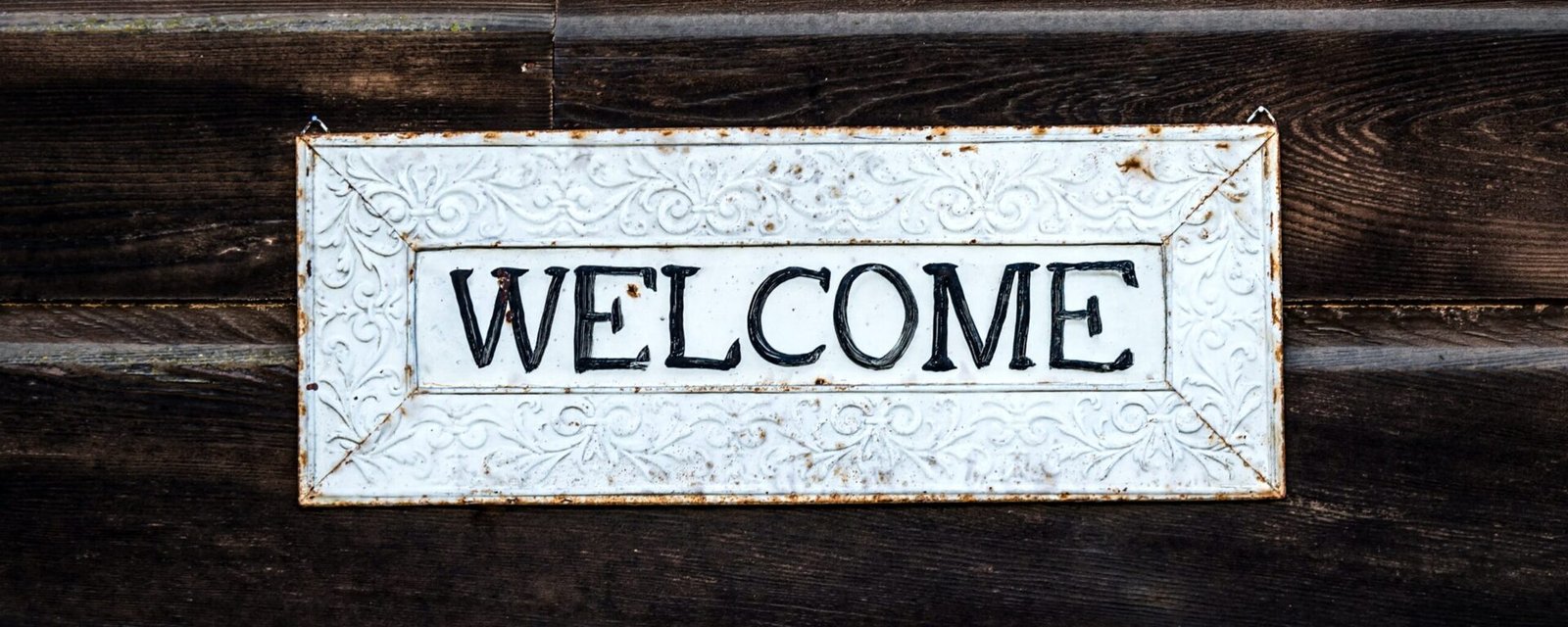Learn Swedish A1 Greetings & Introductions Lesson 1. Great that you have decided to learn Swedish! While, Swedish and English have a lots of similar vocabulary and grammar. You would be able to guess the meanings of some words without looking at the translations.
While, Swedish A1 course is basic Swedish course, which is aimed at beginners and learners seeking to improve their skills in Swedish. Every week, there would be free lessons for Swedish A1 on this platform, After working systematically through the lessons, the user should be able to read, write and understand Swedish, and, with a little practice and confidence, hold a simple conversation in Swedish.
How to Learn Swedish Language?
For simplicity’s sake, grammatical explanations are deliberately kept brief at start. So, Let’s start.
Table of Contents
Saying Hello
In Sweden, everyone greets each other on a first name basis, even in more formal settings. Even though, If you are student, you would call your teacher with his/her first name.
” Hej ” is the most common greeting in Swedish – It can mean both hello and hi, and is used in formal and informal settings.
Today is Ali’s first day at work…..
Hej, Jag heter Ali. Jag borjar idag. (Hi, My name is Ali. I am starting today.)
Hej, Ali, Jag heter Farrukh. Välkommen! (Hi, Ali, My name is Farrukh. Welcome!)
It’s common for Swedes to repeat the greeting phrase several times.
For example, Hej, hej (“hello, hello” ) or tjena, tjena (a more informal “hello, hello”)! While, ”tjena” is pronounced as ”SHEH-nah”!
If you work in a more formal workplace, You can also say hello like this:
God morgon (“Good morning”), God dag (“Good day”), or God eftermiddag (“Good afternoon”).
You should Wish elderly people god dag (good dahg) to be more respectful.
While, ” Hejsan ” is informal way to say ” hello there ”. At start of my student life in Sweden, once an old lady started conversation by saying ” Hejsan ”. I became bit emotional, that she called me ” hi son ” in a country, that is relatively new for me. Therefore, it can be confusing if you do not know meanings of ” Hejsan ”! While ” Hejsan ” is pronounced as “Hey-san”.
” Läget ”: ”What’s up?” It is used for greeting friends of any kind!
Saying Goodbye
A expression that can be used for all occasions is Hej då. While, it can be considered equivalent in usage to the English expression “goodbye.” While, hej då will work perfectly fine in more relaxed company.
When you are saying goodbye at night, there is the greeting god natt.
In Swedish, a more casual way of saying “goodbye” is “Hej hej.” As you have seen before, It can be used for saying hello also.
There are different ways of saying “see you later” in Swedish, as follows:
1): Vi ses: See you later!
2): Vi ses i morgon: See you tomorrow!
3): Vi hörs: Talk later!
4): Ha det bra: Take care!
5): Trevlig helg: Have a good weekend!
Introducing yourself
Let’s say you meet a new person and want to know this individual more. so the first question can be:
Vad heter du? (What is your name?)
Hej, Jag heter Farrukh! (Hello, My name is Farrukh!)
Hej, Mitt namn är Farrukh! (Hello, My name is Farrukh!)
As you have seen, there are two ways to introduce yourself.
Hej, Farrukh. Trevligt att träffas (Nice to meet you). But it all depends on how many people you’re going to introduce yourself to. If there’s several people in the group, a simple hello followed by your name is fine.
Var kommer du ifrån? (Where are you from?)
Jag kommer från Pakistan! (I come from Pakistan!)
A basic dialogue between two persons in Swedish, who meet first time with each other:
Elin: Hej och god morgon. Välkomna till Karlskarona!
Usman: God morgon, Jag heter Usman, Vad heter du?
Elin: Jag heter Elin! Trevligt att träffas.
Usman: Var Kommer du ifrån Elin?
Elin: Jag kommer från Sverige, och du?
Usman: Jag kommer från Pakistan!
How to Learn a Language By Yourself?
Saying how you are
You’ll learn common responses so you can respond if you’re asked any of following questions. Which question you are going to use depends upon on the region people are living in.
Hur är Det? (how are you?) , This is most commonly heard in northern Sweden and areas of Stockholm.
Hur mår Du? (how are you?)
There are many different ways that you can reply to these questions. Well, It depends upon your mood, How are you feeling at the moment.
1): Jag mår bra! (I am fine!)
2): Jag mår inte bra! (I am not good!)
3) : Jag mår jättebra! (I’m very well!)
4): bra! good
5): Jag är sömnig! (I’m sleepy/tired!)
6): Jag är sjuk! (I am sick!)
7): Jag är ledsen! (I am sad!)
8): Jag är glad! (I am happy!)
While, It’s also useful to know how to say ‘and you?’ or ‘what about you?’ to find out how someone else is if they ask you.
and you? Och du?
and yourself? Själv?
Thanks for reading this post ” Learn Swedish A1 Greetings & Introductions Lesson 1.” Write your question in comment box section. While, You can click here, if you need assistance with grammar, pronunciation and any other problem during learning Swedish language.
Most importantly, Subscribe this blog to get more information about useful information and learning.
